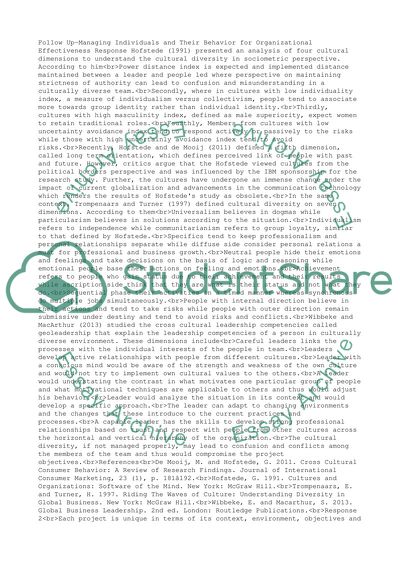W4Q Follow Up-Managing Individuals and Their Behavior for Assignment. Retrieved from https://studentshare.org/management/1623774-w4q-follow-up-managing-individuals-and-their-behavior-for-organizational-effectiveness
W4Q Follow Up-Managing Individuals and Their Behavior for Assignment. https://studentshare.org/management/1623774-w4q-follow-up-managing-individuals-and-their-behavior-for-organizational-effectiveness.


